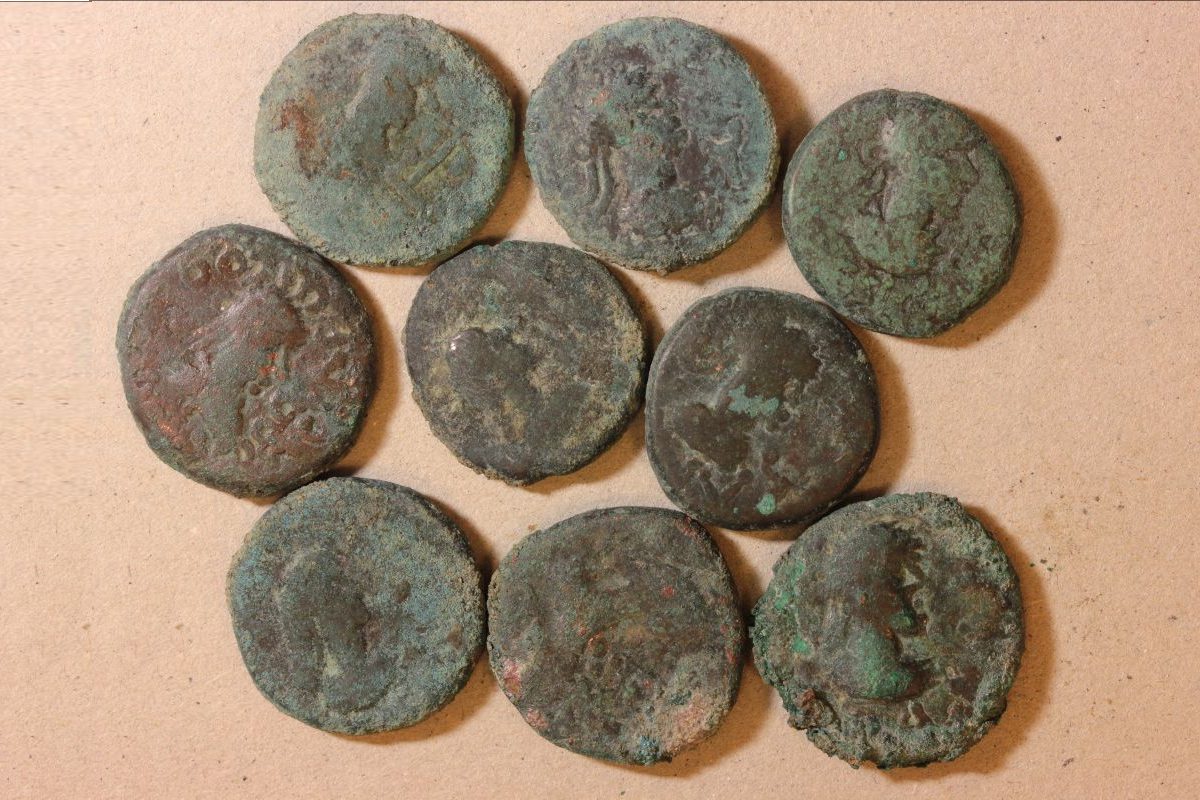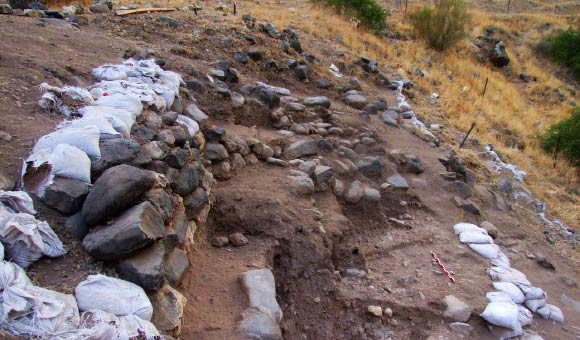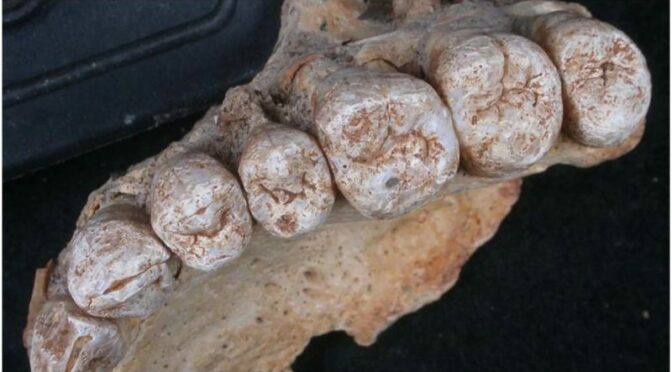EXTENSIVE HYPER-VIOLENCE IN JAPAN’S ANCIENT YAYOI PERIOD REVEALED BY RESEARCHER
The ability of man to wage war, and its indispensability to mankind, is a heat button topic in different disciplines, such as anthropology, archaeology, and philosophy, etc.
There have been researchers that have put up a number of views on how people are engaged in war, and there is a lengthy and comprehensive list of potential triggers for cross-group violence, from hunting to harvesting to agriculture to weapons development, ecological pressures or population pressure.
In particular, the notion of population pressure has lately been increasingly prevalent as global climate changes and environmental collapse are being experienced.
The theory says that population growth might lead to a shortage of resources, competition and resource conflict. Although this argument is widely accepted, there are relatively few studies based upon real archaeological figures that have supported quantitatively the genesis of intergroup conflict because of population pressures.
In order to rectify these gaps, Okayama University Professor Naoko Matsumoto and his team studied skeletal remains and pottery ramekins in North Kyushu, Japan (Middle Yayoi, 350 BC-AD 25 CE).
The area was the subject of intergroup violence studies as the skeletal remains show a considerable rise in violence in comparison to the previous Jomon period in Yayoi.
Professor Matsumoto said, “The Yayoi people practised subsistence farming, in particular the cultivation of wet rice. “Immigrants from the Korean peninsula, together with weapons like arrowheads in stone and dagger, were brought, resulting in confined communities followed by conflict or massive intergroup violence. However, the Jomon people were predominantly potters who maintained a sophisticated hunter-gatherer lifestyle and had low rates of combat mortality.”
In the context of the population size and projected population pressure from arable to population, Professor Matsumoto and her team identified demographic shifts using well-dated bury vials.
The team determined the frequency of violence by utilising the skeletal population for the percentage of wounded persons and a statistical study of population pressure and violence frequency.
In the Journal of Archeological Science, the research results were published. The researchers revealed 47 skeleton residues with trauma, 51 places of funerals in the plain of Itoshima, 46 in the plain of Sawara, 72 in the plain of Fukuoka, 42 in the amount of Mikuni, 37 on the east side of Tsukushi plain and 50.
In the Mikuni Hills, east Tsukushi Plain and Sawara Plain, the number of people injured and the highest frequency of violence occurred. The greatest overall values for population pressure were also shown in the Mikuni Hills and the middle Tsukushi Plain. In general, data analyses have supported the effect of violence by population pressure.
The peak population, however, was not correlated with the prevalence of violence. In the Mikuni hills and the middle Tsukushi Plain, population pressure was low whereas in the eastern Tsukushi plain and in the Sawara plain there were lower levels of violence due to comparatively low population pressure.
There might be additional variables that have affected such high levels of violence indirectly in Middle Yayoi, for the reasons of Professor Matsumoto. “I believe there may also have an impact on the degree of force as the formation of a social hierarchy or political structure.
We saw layered funerary systems with graves containing significant amounts of high-quality items like swords and mirrors, in certain members of the ruling class, kings in Japanese archaeology.”
“It should be noted that in subregions with such royal tombs the incidence of violence tends to be lower. This implies that strong elites might have a part in suppressing the violence.”
Professor Matsumoto and her team’s data undoubtedly indicates that population pressures and increased violence are good and can assist design methods for avoiding apparently endless conflicts in motion.
Additional studies based on such insights could reveal the additional elements involved in predicting and actively preventing the core causes of intergroup violence.




